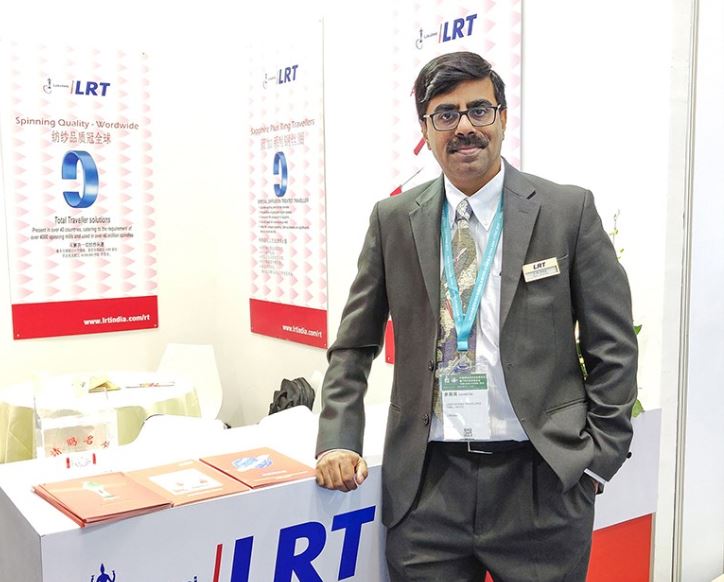India is the spinning capital of the world with a wide range of counts and materials spun. India has unique advantages in terms of availability of raw materials, world class machinery and accessories at competitive rates available within the country and world class technical team which gives it an edge over other countries. All new spinning projects are going in for maximum automation and focussing on higher productivity and quality. Many spinning mills have gone for reducing power costs by going in for renewable energy (wind and solar). The quality of spun is accepted in global markets as the best. Still labour costs are competitive compared to many countries . All this makes Indian yarn prices extremely competitive and hard to beat especially in cotton spinning.

India needs to focus more on man made fibres and value added yarns where it still lacks compared to other countries. The future is in these areas and India needs to increase its share here. Average age of machinery in India is quite high when compared to other countries and modernisation of these machines is a must to survive in the long term. This is paramount to reduce the power costs, spares and accessories cost, labour cost and further increase productivity. Spinning mills also need to look for economies of scale by increasing it to optimum size and also look for forward integration into post spinning. Another area where we lag is in innovation of speciality yarns. Most of the mills are commodity yarns and some amount of spindlage should be dedicated to this. R&D in this field needs to be encouraged. Various new developments in terms of spin finishes developed across the world , needs to be also manufactured in India. We need to have a larger share of product mix which will give a better profit margin compared to commodity yarn and also take care during turbulent times when the commodity yarn demand is weak. All this will further enhance our global competitiveness and we will remain as the spinning capital of the world.